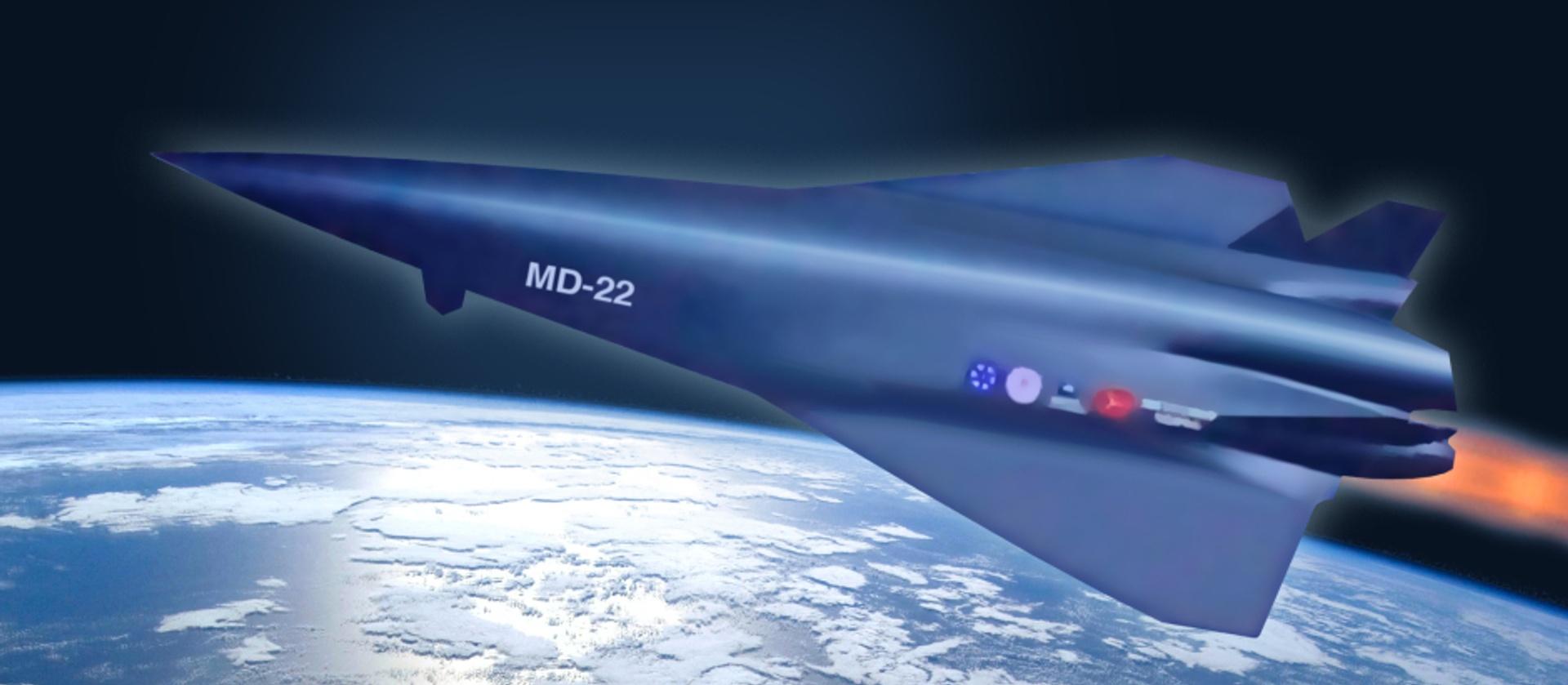Zhuhai Airshow 2022
The China International Aviation & Aerospace Exhibition, also known as Zhuhai Airshow, was held in Zhuhai, Guangdong Province, from November 8th to November 13th. This year’s edition turned out to be quite rich for the Chinese aeronautics industry. In addition to the platforms already in line, new designs and models were presented, as well as important upgrades to aircraft in service with the People’s Liberation Army Air Force (PLAAF), the Chinese Air Force. Also notable is the missile and unmanned component, which certifies the growing importance Chinese armed forces are placing on new-generation systems.
As far as the aeronautical industry is concerned, the sixth-generation fighter concept presented at the fair is extremely interesting. Characterized by the absence of vertical planes, the concept would involve the adoption of engines with adjustable thrust vectoring. Although the technology is far from mature, its similarity to the concepts of similar projects underway in the United States, such as the Next Generation Air Dominance (NGAD), is particularly evident, and is proof of China’s interest in keeping up with the other major powers and investing heavily in new weapons systems. In fact, while it has not yet reached the full maturity of the technologies for fifth-generation aircraft, Beijing has already started to develop the enabling technologies for sixth-generation platforms.
As for the fifth-generation fighters, it was possible to see first-hand, for the first time in a static exhibition for the public, the J-20 aerial superiority fighter, which in previous editions took part only in the usual dynamic demonstration, flying over the exhibition area of the fair. Specifically, two aircraft equipped with the native version of the Russian Saturn AL-31 engine, designated WS-10C, were exhibited. In this regard, there were several models of aero engines, variants or derivatives of the WS-10, at least two equipped with thrust vectoring and one, named WS-19, intended for future-generation fighters (it should equip the sixth-generation aircraft mentioned above). From this perspective, China confirms its willingness to continue investing in the engine segment of its aircraft fleet, to break away definitively from Russian dependence and develop new solutions capable of equipping the aircraft currently being built and designed. Also present is the gregarious of the J-20 fighter, that is the FH-97A drone developed by China Aerospace Science and Technology Corporation (CASC), a model very similar to the MQ-28 Ghost Bat drone developed by the Australian subsidiary of Boeing for the Royal Australian Air Force (RAAF). The affinities of the FH97A with the Australian drone indicate that the former is primarily intended for a role as gregarious piloted platform (Loyal Wingman), a concept actively pursued not only in the West, but also in China.
The Chengdu-based company also unveiled the newest member of the Wing Loong Medium-Altitude Long Endurance (MALE) family of drones, the Wing Loong 3. According to the data provided, compared to its younger brother Wing Loong 2, the Wing Loong 3 has a greater wingspan, a greater payload and is able to reach higher tangents and remain in flight for about 40 hours. There is also an improved version, probably intended mainly for export, of the ancestor of the Wing Loong family, the Wing Loong 1 variant E. Among the various improvements, it is worth noting the ability to transport a greater quantity of ammunition on its sub-wing pylons.
In addition, at the Zhuhai Airshow 2022, a multi-purpose hypersonic drone demonstrator with multi-mission potential, called MD22, was shown for the first time. Featuring a single engine, strong aerodynamics, and particularly inclined vertical planes, as well as ventral air intakes, the demonstrator should be able to take off and land autonomously and reach speeds up to Mach 7. Although there is no talk of a real prototype yet, this demonstrator reveals how fast China is developing new hypersonic systems compared to the US and Russia, a step that would take the Country even further ahead of its competitors.
This dynamic would also be confirmed by the presentation of what should be an air-launched version of the YJ21 ballistic missile, a hypersonic anti-ship missile embarked on Type 055 class cruisers, aesthetically very similar to the Russian hypersonic Kh‐47M2 Kinzhal, a ballistic missile adapted to launch from aerial platforms. The two mock-ups of the new missile, coupled to a H6K bomber, a heavily revised version of the Soviet Tu-16, would not have boosters compared to the naval version. Thanks to its launch system, it would be credited with a greater range of action than the naval version, and with a speed up to Mach 7. It is not clear whether the new system is already operational or at an advanced stage of development, but the fact that the mock-ups were flown to the Airshow shows that the new missile has already passed transport tests.
It is clear from the Zhuhai Airshow that China’s air forces are in a state of profound renewal, characterized by a shift from simple users of foreign technologies to developers of domestic solutions, as much in line with their Russian and Western counterparts as possible in terms of capacity. The desire to break away from the dependence on foreign components, be it Russian or Western, is quite clear, first of all with regard to engine manufacturing and high-tech components such as chips and high-quality materials.
In addition, it can be said that the growing importance of unmanned platforms has found in China an environment conducive to the adoption of new doctrines and technologies, given the centrality of drones in this edition. Moreover, China’s large offer to the export market in the field of MALE (Medium Altitude Long Endurance) class drones, subjected to no preconditions contrary to the West, has already been a major commercial success in recent years, and is likely to be so even more in the future, when the systems presented this year at Zhuhai will reach full technical and operational maturity.
The Country thus proves once again how its immense economic weight is increasingly translating into a first-class military apparatus thanks to a large and consolidated industrial base and large investments in the field of research and development for unmanned systems and the aeronautical industry. In addition, Beijing continues to develop numerous and diversified systems capable of strengthening its interdiction capabilities (Anti-Access Area-Denial, A2/AD), with a specific focus on hypersonic weapons (extremely complex to intercept) and on carriers with strong anti-ship capabilities. The hypersonic race is thus a well-established reality, with China as one of the main competitors for military and technological supremacy in this segment.









